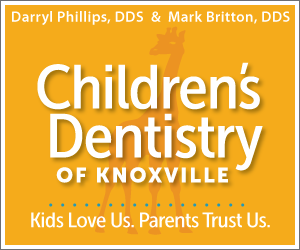During the fall many people begin to look forward to cooler temperatures, spectacular colors and celebrating the holidays with family and friends. Unfortunately, the holidays are a time when food-allergic patients must practice extra caution.
By Dr. Phil Jones with The Allergy, Asthma & Sinus Center
Peanuts are found in many popular treats and seasonal recipes. Unfortunately, it is one of the most common food allergies and can cause a severe, potentially fatal allergic reaction known as anaphylaxis. To prevent a reaction, strict avoidance of peanut and peanut-containing products is essential.
Allergy to peanuts appears to be on the rise in children. The number of children in the U.S. with peanut allergy more than tripled between 1997 and 2008. Peanut allergies tend to be life long, though approximately 20 percent of children with peanut allergy do outgrow their allergy. In addition, younger siblings of children with peanut allergy may be at increased risk. A board certified allergist can provide guidance about allergy testing for siblings.
Peanuts are not the same as tree nuts, such as almonds, cashews and walnuts. Peanuts grow underground and are legumes. Other examples of legumes include beans, peas, lentils and soybeans. If you are allergic to peanuts, you do not have a greater chance of being allergic to other legumes (including soy) than you would to any other food.
However, approximately 25-40 percent of people who have peanut allergy also are allergic to tree nuts. Peanuts and tree nuts may come into contact with one another during manufacturing and serving processes. For these reasons, board certified allergists usually tell their patients with peanut allergy to avoid tree nuts as well.
The federal Food Allergen Labeling and Consumer Protection Act states that all packaged food products sold in the U.S. that contain peanuts as an ingredient must list the word “peanut” on the label.
To avoid peanuts, read all product labels carefully before purchasing and consuming any item. Ingredients may change without warning, so check the ingredients carefully every time. If you are unsure, call the manufacturer.
As of this time, the use of “May Contain” on packaged foods is voluntary, and there are no guidelines for their use. However, the FDA has begun to develop a long-term strategy to help manufacturers use these statements in a clear and consistent manner.
Keep in mind that certain food service establishments are considered high-risk for individuals with peanut allergy due to the common use of peanut and the risk of cross contamination, even if you order a peanut-free item. These include African, Asian and Mexican restaurants, bakeries, and ice cream shops. The FDA exempts highly refined peanut oil from being labeled as an allergen. Studies show that most individuals with peanut allergy can safely eat peanut oil (but not cold-pressed, expelled or extruded peanut oil – sometimes represented as gourmet oils). As for sunflower oil, sunflower seeds are often produced on equipment shared with peanuts.
Currently, the only way to prevent allergic reactions to foods is avoidance. For patients with a history of severe reactions, epinephrine is prescribed. Epinephrine is the only medication that can reverse anaphylactic reactions. Unlike pollen, dust mite, animal dander or bee venom hypersensitivity, there is no form of immunotherapy (allergy shots or drops administered under the tongue) for the treatment of peanut allergy. In fact, treatment of peanut allergy with allergy shots or drops under the tongue can be dangerous.
With a little extra caution and awareness and the care of a board certified allergist, peanut allergic patients should be able to enjoy the holiday season as much as the rest of us.












![Knox Moms Blog Ad[2]](https://knoxvillemoms.com/wp-content/uploads/2015/07/Knox-Moms-Blog-Ad2.jpg)








If you drop your kids off for a children’s church etc, they should put signs up about any foods they are serving, but if they are small, they may not do this so just ask.